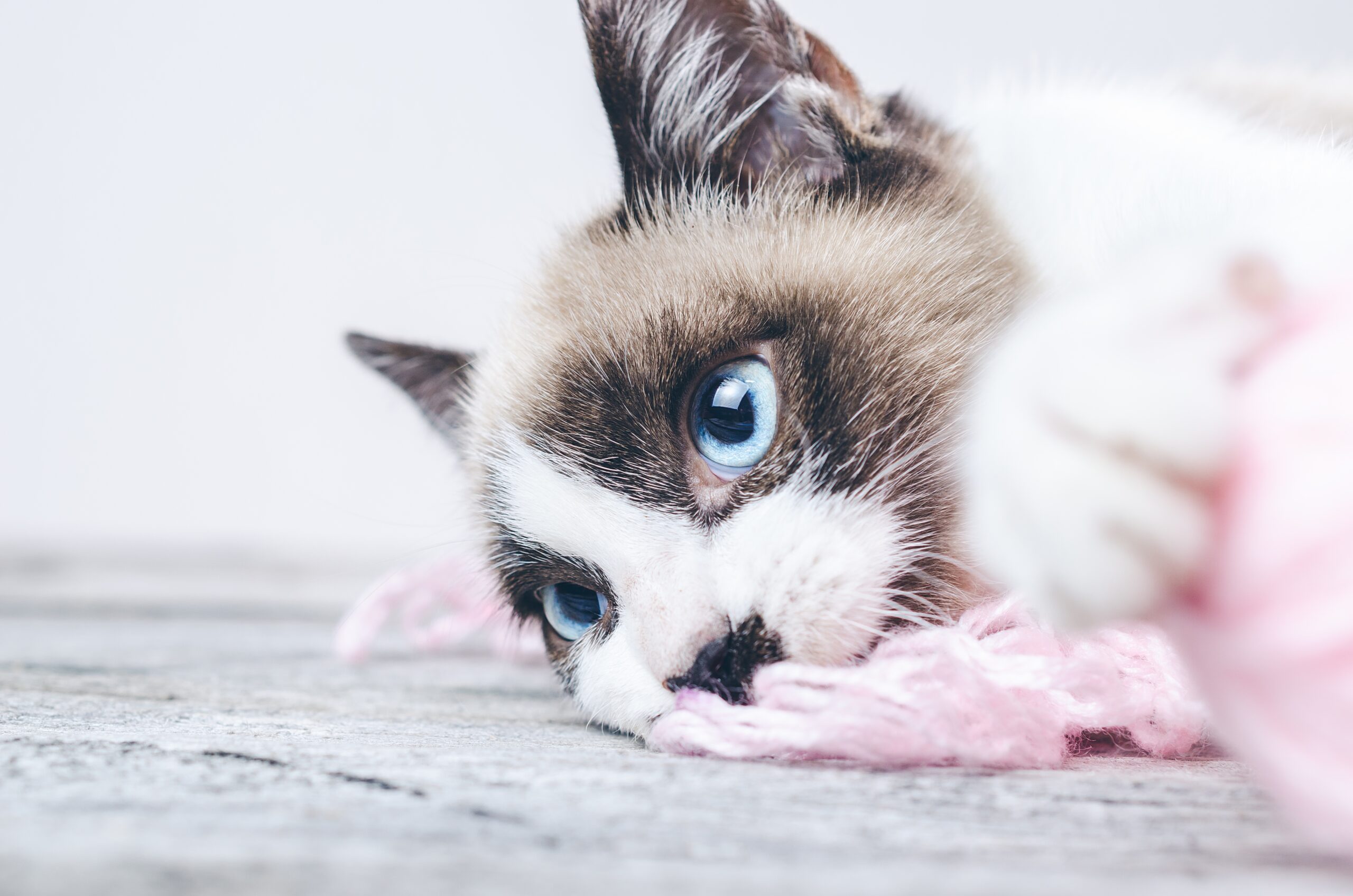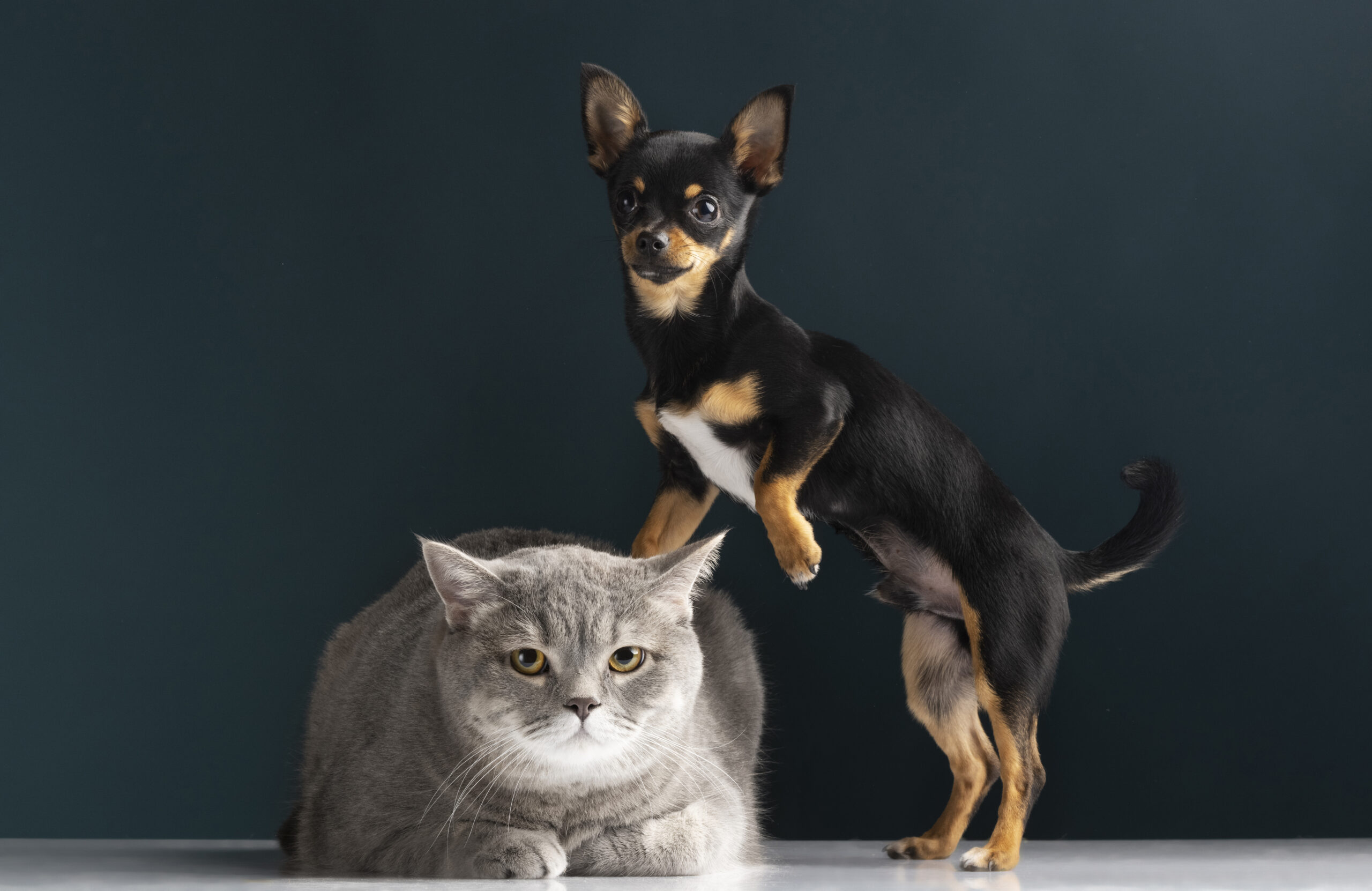An indoor cat lives in a world that looks nothing like the open fields or dense forests of its wild ancestors, and without careful planning that home can quickly feel stale. Although most cats settle into house life quite happily, their hunting, climbing, and curious noses still demand chances to move and think. When those needs are met, boredom, anxiety, and the stress-related illnesses that follow can be kept at bay. Use the tips below to turn your living room, bedroom, or even kitchen nook into a playground and refuge where your cat will truly thrive.
Why Enrichment is Essential
Above all, cats are hunters and restless little explorers. In nature the majority of each day goes to stalking small prey, marking territory, and checking every rustle or scent. Inside four walls, those natural routines can dry up fast, setting the stage for excessive yowling, rough play, or listlessness and depression. Giving your cat puzzles, perches, and movement opportunities speaks directly to those instincts, tucking exercise and mental work into the fun parts of their daily schedule
For more practical steps, check out our guide on Preparing your home for a new Cat
Creating Safe Resting and Hiding Spaces
Comfortable, secure places to sleep or retreat rank high on any cat-friendly checklist. Because a cat can be both top stalker and sudden target in the wild, it instinctively looks for warm, quiet nooks where nobody-not even a rambunctious toddler-can reach it. While setting up these spaces, always be mindful of household plants within your cat’s reach. Some common plants can be harmful if chewed on, so it’s important to check the Toxic and Non-Toxic Plants List for Cats
- Cat Trees and Shelves: Giving your cat tall shelves or a little condo lets it look down on the room, which makes the whole house feel safer. These perches also give the animal a good place to stretch and climb without knocking over your lamps.
- Boxes and Tunnels: A plain cardboard box or a soft fabric tube quickly turns into a secret fort. Stash these hideouts in quiet corners so your pet can slip away for alone time whenever it feels stressed.
- Scratching Surfaces for Territory Marking: Cats scratch to keep their claws sharp, but they also spread scent from tiny glands in the paws. When you offer the right pad or post, you protect the sofa and give your cat a chance to claim its turf.
- Tips: Vertical and Horizontal Scratchers: Different cats like to dig claws up a pole, across a flat mat, or both, so keep each style within reach. Products wrapped in sturdy sisal rope or made from rough maple bark stand up to daily use.
- Placement: Set the scratchers where your cat naps, eats, or watches the world so it does not have to wander far. A little catnip sprinkle on the base may seal the deal and keep the new equipment from gathering dust.
Stimulate Their Hunting Instincts
One of the quickest ways to add spark to an indoor cats life is through play. Chasing, pouncing, and stalking replicate real hunting, giving them both exercise and mental workout. When those instincts have nowhere peaceful to go, boredom can slide into bad habits, scratching, and extra meowing.
Tips:
- Variety of Toys: Swap out the toy box every few days so the fluff balls and springs seem fresh. Choices that sway, squeak, or dart like real prey-feather teasers or tiny squeaky mice-tend to hold attention longest.
- Interactive Play: Dedicate a few minutes daily to waving a wand or rolling a crumpled ball, and youll reinforce your own friendship. Include a final Toys That your Cat can carry off, so the hunt feels complete.
For more training advice, see Training your cat tips and tricks for a well-behaved feline
Food as a Source of Stimulation
Meal time is another chance to spark a little adventure. Outside, cats spend hours tracking, stalking, and pinning down every kibble-size scrap, so indoor routines can look dull by comparison.
Tips:
- Puzzle Feeders: Treat balls, tumblers, or stuffable Kongs let cats tap and roll their way to supper. Stashing snacks in several quiet corners or scattering a handful of dry food around the room invites the same gentle foraging they would do in the wild.
- Chew Toys and Safe Treats: Have a few sturdy chew snacks, jerky bites or safe grasses, on hand so they can grind their teeth and feel satisfied.To make sure you’re choosing the right snacks, explore our guide on Healthy Cat Treats What to Give and What to Avoid
Keep Resources Safe and Secure
Cats may look tough, but they are at their most exposed while eating or using the box. By placing food, water, and litter in quiet, low-risk corners you give them a sense of calm.
Tips:
- Litter Preferences: Plenty of cats choose soft, sand-like clumping litter. Offer one box per cat, plus an extra, in a spot they will not be interrupted.
- Quiet Feeding Areas: Set bowls in a low-traffic nook to give each meal the peace it deserves.
Stimulating the Olfactory Environment
Cats rely heavily on smell to learn their world and talk to other animals. Adding pleasant scents can turn a plain space into a richer, friendlier place.
Tips:
- Catnip and Scented Toys: Most felines welcome catnip, valerian, or other safe herbs. Small sachets of cinnamon, dried mint, or similar plants can brighten their air.
- Facial Marking Stations: Stick small toys or soft pads at the corners your cat rubs and let her leave her scent.
- Consistency and Routine: Keys to a Happy Cat
Cats do best when life feels predictable. Following the same rhythm each day-from mealtimes to short play bouts or a quick brush-gives your pet a secure anchor in her home.
Tips:
- Daily Rituals: Small habits, like slipping a treat into her bowl just before you walk out or giving gentle scratches when you return, signal that everything is okay.
- Avoid Forced Interaction: Play and petting matter, yet your cat should choose the moment. Respect her signals so she never feels cornered.
Final Thoughts
Building a fine indoor world for your cat goes beyond boredom-proofing; it shows her she is safe, engaged, and dearly cared for. With cozy hideaways, sturdy scratchers, puzzle toys, and gentle challenges, you mirror her wild instincts and support good health. Mix these supports with a steady routine, and your indoor cat will lead a lively, contented life filled with small adventures right at home.
Get Started Today
Ready to join a platform built with your mission in mind?
Sign up your shelter on Pawrpose and start reaching more hearts, homes, and helping hands.
Available now on iOS & Android.
We have prepared a small step-by-step guide to Adopting a Pet
#AnimalShelters #PetAdoptionPlatform #PawrposeForShelters #AnimalRescue #PetFosterProgram #ShelterDonations #PetAdoptionEvents #PetRescueApp












